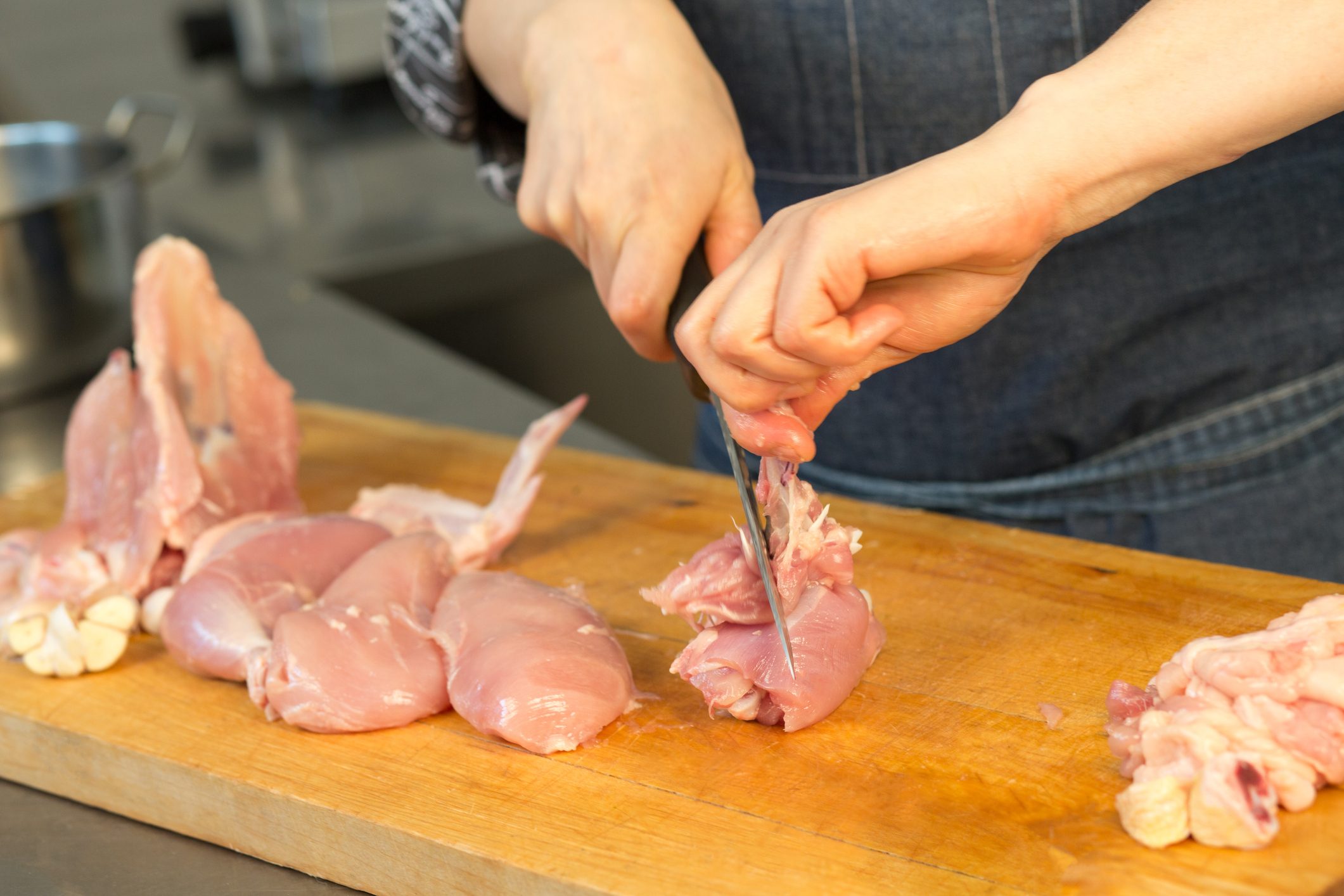Improve Your Cooking Skills During Quarantine – 6 Techniques You Need to Know
If there ever was a time to brush up your kitchen skills, it’s now. Many home cooks are amazed with the skills they see on cooking shows such as Chopped, MasterChef, or Iron Chef. But you too can master these chef skills. Take this lockdown period to improve your techniques in the kitchen.
How to break down a whole chicken
;)
Many home cooks are intimidated by the idea of cooking a whole chicken. But jointing a chicken is a valuable skill every home cook should have. Whole chicken is often cheaper to buy, which makes it an affordable option if you’re cooking for a big family. After you removed the breast, legs, and wings, you can save the remaining carcass in your freezer to use for a homemade chicken stock. There many tutorials available on how to joint a chicken, but the best way to learn is by watching a video. If you are ready to take on the challenge, make sure to watch our video first!
Cook a perfect roast chicken

While we are on the topic of chicken…this is a good skill to impress your guests and feed the family at the same time! There are so many recipes out there for roast chicken. But we will focus on the few basic tips you need to make your roast chicken a success every time. Chicken breasts are usually the first to dry out, so to avoid this, add a few knobs of butter or olive oil underneath the skin. To make it extra tasty, you can add seasoning and herbs to the oil. To create additional flavor, lay the whole chicken on a bed of vegetables. Usually a combination of chopped carrots, onions, celery, and garlic will do. You can also add lemon, garlic, and onions to the cavity of the chicken, which will help to keep it moist. To avoid overcooking (or undercooking) your chicken, invest in a kitchen thermometer. The breasts should register at 170° – 175°F (77° – 80°C) and the thighs should be 175° – 180°F (77° – 82°C). After roasting your chicken, you should let it rest for a few minutes. This gives enough time for moisture to redistribute throughout the meat, leaving you with tender and juicy chicken meat.
Make your own pasta

Once you get used to homemade pasta, the store-bought version won’t satisfy your hunger anymore. There’s more to pasta making than just throwing together flour and eggs. To make your own, it’s important to work with the best quality ingredients you can find. Adding eggs to pasta dough ensures that the pasta has a rich flavor and velvety texture. To make sure your pasta has these attributes, use the freshest eggs available. You will also need a high protein “00” flour. Look on the ingredients list for “semolina” or “durum wheat”. Finally, remember to salt your boiling water thoroughly. If you skip this step, your whole dish will taste under-seasoned when you combine the sauce with your pasta.
Chopping Onions

Chopping onions seems like a simple task. But as with many things in the kitchen, there’s a right way and a wrong way to do it. If you’ve always been fascinated at how fast chefs can chop an onion (without even shedding a tear), then it’s time to work on your chopping skills. There are a lot of theories on how to avoid tearing up when chopping an onion. But it seems the most accurate way, is to simply use a sharp knife. When you cut into an onion, the cell walls are damaged, releasing sulfurous compounds. These compounds are responsible for your eyes stinging and tearing up. By using a sharp knife, you cause less cell wall damage, leading to fewer compounds released into the air. If you’re ready to start chopping, watch our video to see how.
How to cook rice properly

It’s such a basic kitchen task, but you’ll be surprised to know how many home cooks struggle to get perfectly cooked, fluffy rice. It’s either undercooked and dry, or overcooked and gummy. If you want some tips, we show you step-by-step how to cook rice perfectly.
Mastering sauces

There are five basic sauces every home cook should know, and in the professional chef circle they’re known as the ‘Five French Mother Sauces’. The classic béchamel sauce is also commonly known as a white sauce, consisting of a roux (butter and flour) and milk. The velouté is similar to the béchamel, with the exception that stock (chicken or fish), is used instead of milk. The espagnole (also known as a brown sauce) is made from a roux and beef stock. Tomato paste (or tomato puree) and a mirepoix (onions, celery, and carrot) is then added to increase the flavor. A classic tomato sauce is made by cooking tomatoes until the sauce thickens. Alternatively, it sometimes thickened with a roux. The final sauce you should master, is the hollandaise sauce, made with egg yolks, butter, and lemon juice. Unlike the other sauces, it’s thickened by the egg emulsion instead of a roux.
What skills are you working on during this time?
;Resize,width=767;)
;Resize,width=712;)
;Resize,width=712;)

